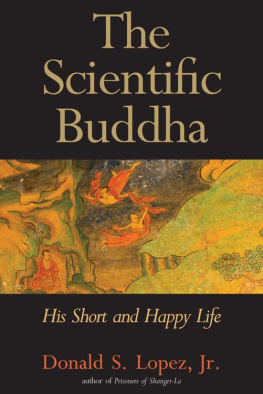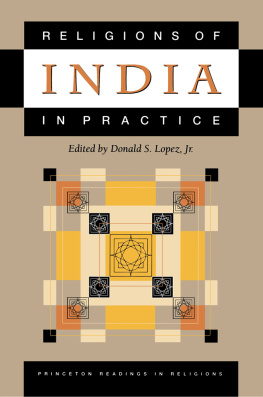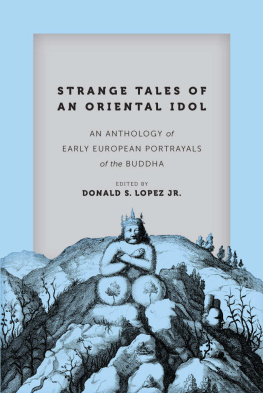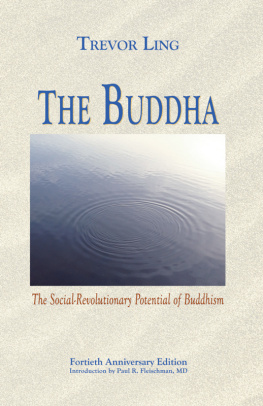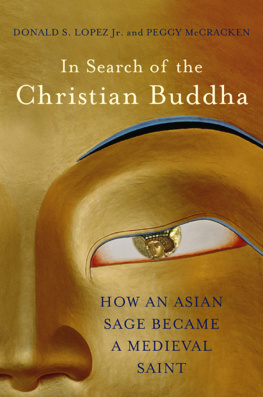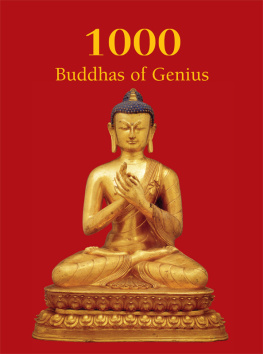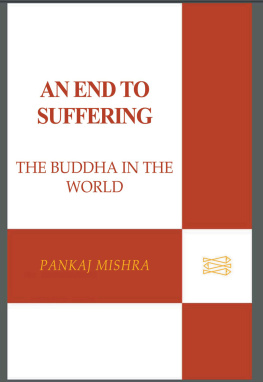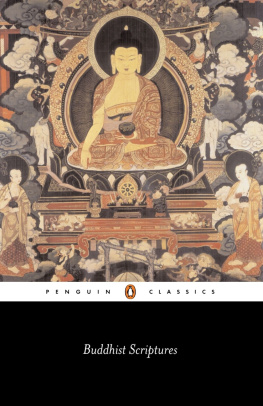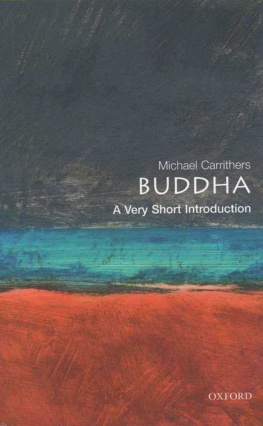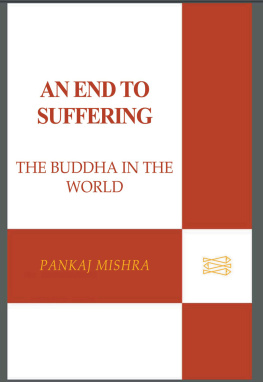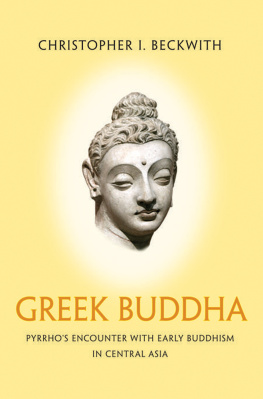The Terry Lectures
THE SCIENTIFIC BUDDHA
Other Volumes in the Terry Lectures Series
Available from Yale University Press
The Courage to Be Paul Tillich
Psychoanalysis and Religion Erich Fromm
Becoming Gordon W. Allport
A Common Faith John Dewey
Education at the Crossroads Jacques Maritain
Psychology and Religion Carl G. Jung
Freud and Philosophy Paul Ricoeur
Freud and the Problem of God Hans Kng
Master Control Genes in Development and Evolution Walter J. Gehring
Belief in God in an Age of Science John Polkinghorne
Israelis and the Jewish Tradition David Hartman
The Empirical Stance Bas C. van Fraassen
One World: The Ethics of Globalization Peter Singer
Exorcism and Enlightenment H. C. Erik Midelfort
Reason, Faith, and Revolution: Reflections on the God Debate Terry Eagleton
Thinking in Circles: An Essay on Ring Composition Mary Douglas
The Religion and Science Debate: Why Does It Continue? Edited by Harold W. Attridge
Natural Reflections: Human Cognition at the Nexus of Science and Religion Barbara Herrnstein Smith
Absence of Mind: The Dispelling of Inwardness from the Modern Myth of the Self Marilynne Robinson
Islam, Science, and the Challenge of History Ahmad Dallal
The New Universe and the Human Future: How a Shared Cosmology Could Transform the World Nancy Ellen Abrams and Joel R. Primack
The Scientific Buddha
His Short and Happy Life

DONALD S. LOPEZ, JR.

Published with assistance from the Mary Cady Tew Memorial Fund.
Copyright 2012 by Yale University.
All rights reserved.
This book may not be reproduced, in whole or in part, including illustrations, in any form (beyond that copying permitted by Sections 107 and 108 of the U.S. Copyright Law and except by reviewers for the public press), without written permission from the publishers.
Yale University Press books may be purchased in quantity for educational, business, or promotional use. For information, please e-mail sales.press@yale. edu (U.S. Office) or sales@yaleup.co.uk (U.K. Office).
Set in Janson type by Tseng Information Systems, Inc.
Printed in the United States of America.
Library of Congress Cataloging-in-Publication Data
Lopez, Donald S., Jr.
The scientific Buddha: his short and happy life / Donald S. Lopez, Jr.
p. cm. (The Dwight Harrington Terry Foundation
Lectures on religion in the light of science and philosophy)
Includes bibliographical references and index.
ISBN 978-0-300-15912-7 (alk. paper)
1. Buddhism and science. I. Title.
BQ4570.S3L68 2012
294.3365dc23
2012015891
A catalogue record for this book is available from the British Library.
This paper meets the requirements of ANSI/NISO Z39.481992 (Permanence of Paper).
10 9 8 7 6 5 4 3 2 1
The Dwight Harrington Terry Foundation Lectures on Religion in the Light of Science and Philosophy
The deed of gift declares that the object of this foundation is not the promotion of scientific investigation and discovery, but rather the assimilation and interpretation of that which has been or shall be hereafter discovered, and its application to human welfare, especially by the building of the truths of science and philosophy into the structure of a broadened and purified religion. The founder believes that such a religion will greatly stimulate intelligent effort for the improvement of human conditions and the advancement of the race in strength and excellence of character. To this end it is desired that a series of Lectures be given by men eminent in their respective departments, on ethics, the history of civilization and religion, biblical research, all sciences and branches of knowledge which have an important bearing on the subject, all the great laws of nature, especially of evolution... also such interpretations of literature and sociology as are in accord with the spirit of this foundation, to the end that the Christian spirit may be nurtured in the fullest light of the worlds knowledge and that mankind may be helped to attain its highest possible welfare and happiness upon this earth. The present work constitutes the latest volume published on this foundation.
When we peruse the first histories of all nations, we are apt to imagine ourselves transported into some new world; where the whole frame of nature is disjointed, and every element performs its operations in a different manner, from what it does at present. Battles, revolutions, pestilence, famine and death, are never the effect of those natural causes, which we experience. Prodigies, omens, oracles, judgements, quite obscure the few natural events, that are intermingled with them. But as the former grow thinner every page, in proportion as we advance nearer the enlightened ages, we soon learn, that there is nothing mysterious or super-natural in the case, but that all proceeds from the usual propensity of mankind towards the marvellous, and that, though this inclination may at intervals receive a check from sense and learning, it can never be thoroughly extirpated from human nature.
David Hume, 1748
Contents
Preface
According to Buddhist doctrine, there have been many buddhas in the past, and there will be many buddhas in the future. We only remember one, called Gotama Buddha or kyamuni Buddha or, sometimes, the historical Buddha. He lived in India twenty-five hundred years ago. Because he knew the past, he described the buddhas who had preceded him, some of whom he had encountered in his previous lives. Because he knew the future, he prophesied, by name, the buddha who would follow him.
Also according to Buddhist doctrine, there can be only one buddha for each historical age. A new buddha appears in the world only when the teachings of the previous buddha have been completely forgotten, with no remnanta text, a statue, the ruins of a pagoda, or even a reference in a dictionaryremaining. Because the teachings of Gotama Buddha, kyamuni Buddha, the historical Buddha, that is, our Buddha, remain present in the world, it is said there is no need for a new buddha yet. According to the prophecies, the next buddha, whose name is Maitreya (Benevolent), will not appear in the world for millions of years.
But in the nineteenth century, a new buddha suddenly appeared in the world, a buddha unmentioned in any of the prophecies. I call him the Scientific Buddha. In the chapters that follow, I relate the story of his life and teachings, contrasting them with those of the older Buddha, the Buddha who appeared in India some two thousand five hundred years ago, the Buddha for whom the Scientific Buddha is commonly mistaken. My claim is that they are different, and that this case of mistaken identity has particular consequences.
This book derives from the Terry Lectures, more formally the Dwight Harrington Terry Foundation Lectures on Religion in the light of Science and Philosophy, which I delivered at Yale University during the first week of October 2008. In the pages that follow, I have tried to retain at least some of the rhetorical flavor of those four Lectures. The first chapter is presented largely as it was delivered, while the remaining chapters have been revised in various ways, with the last two chapters expanded considerably for this book. Chapter Three considers the doctrine of karma, the Buddhist Theory of Everything, and the ways in which it comes into conflict with the theory of evolution. The final chapter deals especially with the topic of meditation, a word that is used very widely today, and increasingly in the healthcare community. However, the traditional meaning of the terma term that renders a number of different words in Buddhist languagesis not widely understood. For that reason, I have written a brief primer on Buddhist meditation, which is inserted between the third and fourth chapters.
Next page
